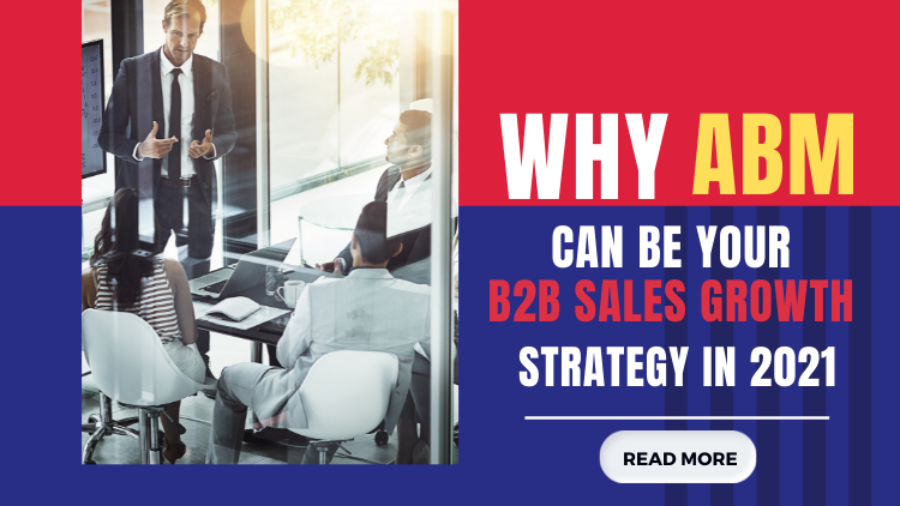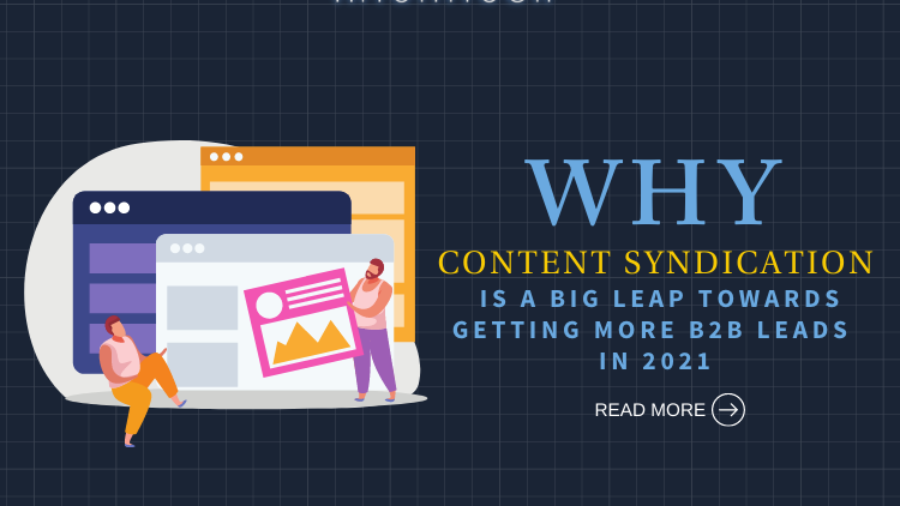ABM (Account Based Marketing) has revolutionized the b2b sales and marketing realm. ABM not only brings hope in generating more business, but it also brings focused approach to sales and marketing and better ROI. These observations have made marketers shift their attention to growth-driving ABM programs and campaigns.
2021 is an interesting year with a mix of both, the old and new sales and lead gen techniques being deployed in the market today. In this given scenario, ABM can add a lot of value and accelerate business growth if its true power is channelized by marketers.

ABM has innumerable benefits for b2b sales enhancement.
However, here is a list of some of the best and direct benefits of ABM:
- ABM can outperform other marketing channels
- It can bring higher ROI
- It can generate more revenue
- It creates more possibility of lead conversion
- ABM helps to increase your chances of lead conversion
- It can help enhance business relationships
- ABM can increase average deal size
- Offers an opportunity to align sales and marketing teams
- It can help enhance sales win rates
- Close more deals
The main objective of ABM is to make it easier and efficient for the sales teams to close deals sooner. As per the research, marketers agree that ABM can be used for creating new sales opportunities and for generating more revenue.
Let us take a look at some of the strategic objectives that can be achieved with the help of ABM-

So what can you do to make sure you are successful at ABM and that it can enhance sales and overall business growth for your organization in 2021?
- Take a different approach that is not unilateral and adopt a more dynamic and versatile approach when you look at ABM as a revenue generating machine
- Resources should be experts who understand ABM and have enough experience or are trained to make the most out of the opportunities
- Align the sales and marketing teams and this could be one of the most beneficial things to do if you want your ABM strategy to work for your company
- Get the most insightful and valuable data possible through buyer journey and target accounts
- Use intent data wherever and whenever possible for more effective outreach, communication and results
- Think about the customer experience more than just the ROI
- Execute the strategy at the right time
- Measure the results for future fine-tuning of campaigns
- Also measure the amount of goodwill you earned and the relationships that you built with each account
- Use the data, experience and results to invest in sales enablement
Conclusion-
ABM is one of the most effective ways to go forward when it comes to sales enablement, fine tuning of marketing strategies and relationship building with clients.
It is not only about ROI or growth in numbers; but it can help create totally new sales and marketing approach, enable innovation and include more competent professionals for better business outcomes. It can also help redefine the way sales and marketing teams function in a b2b organization only to give outstanding results in terms of business growth.















